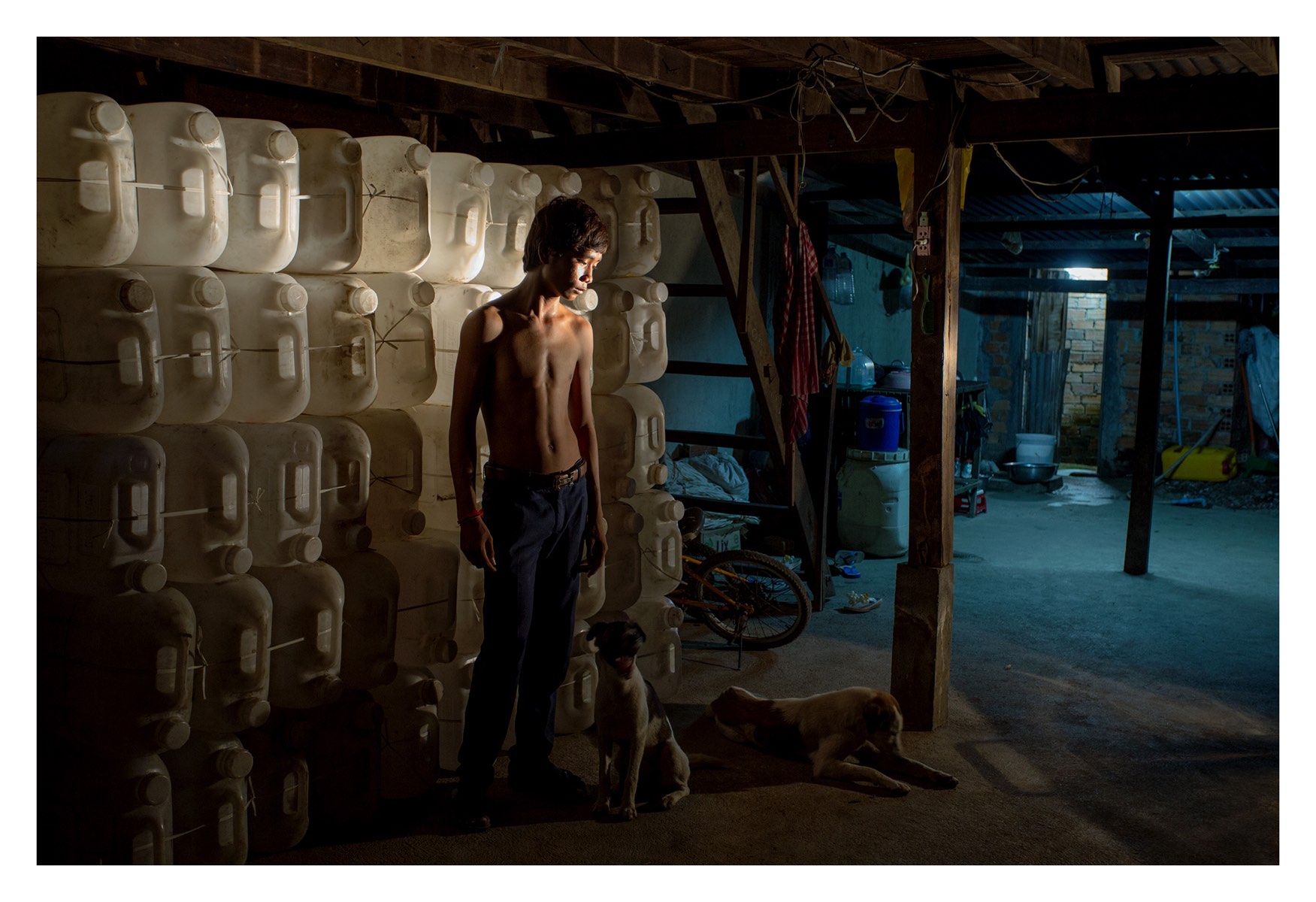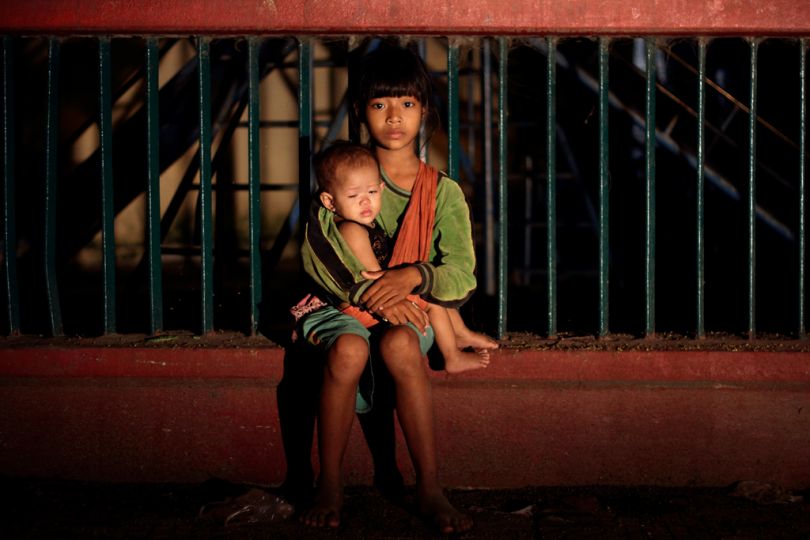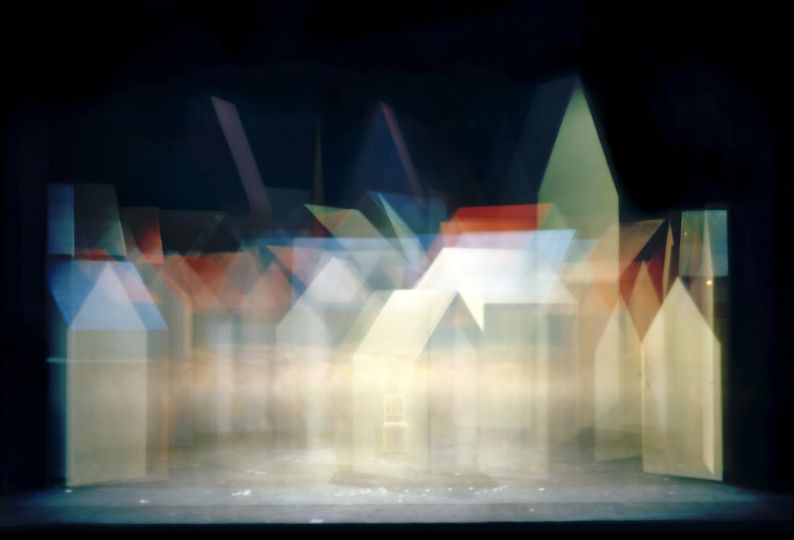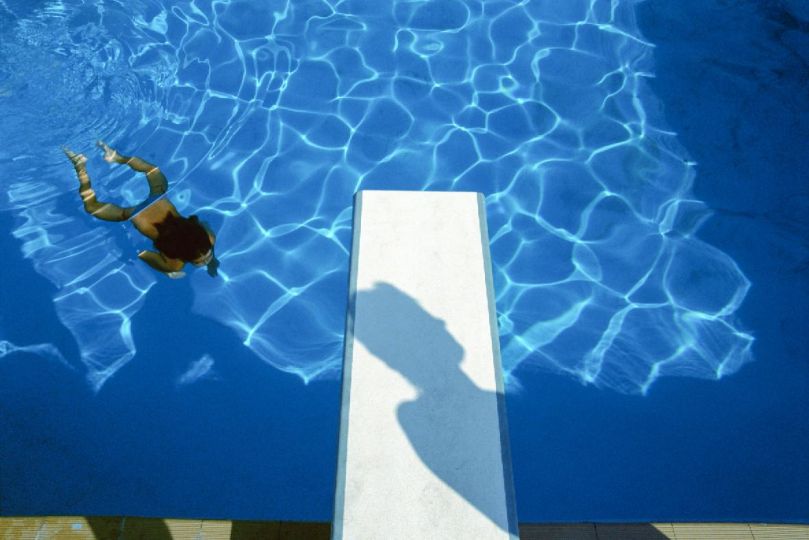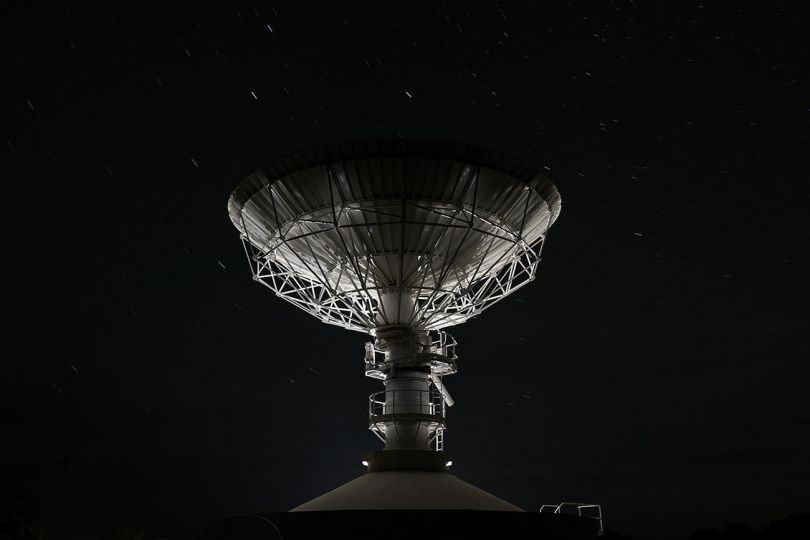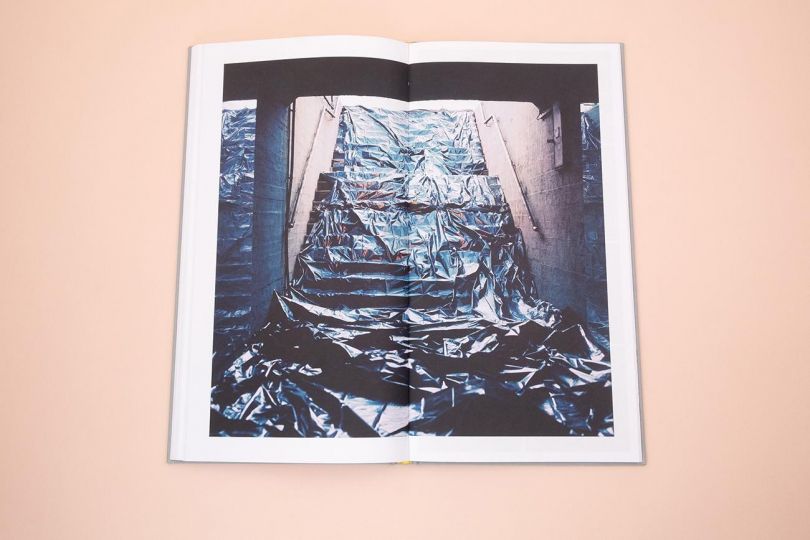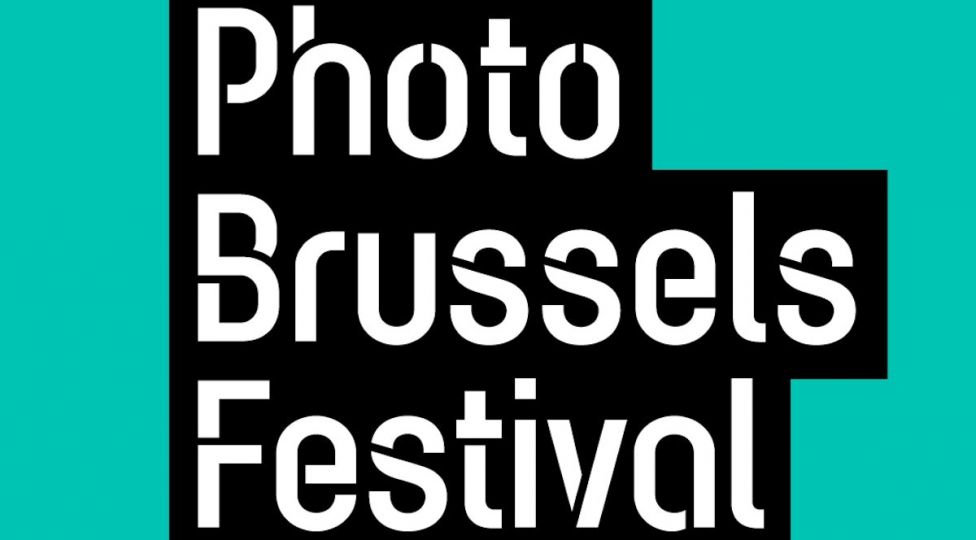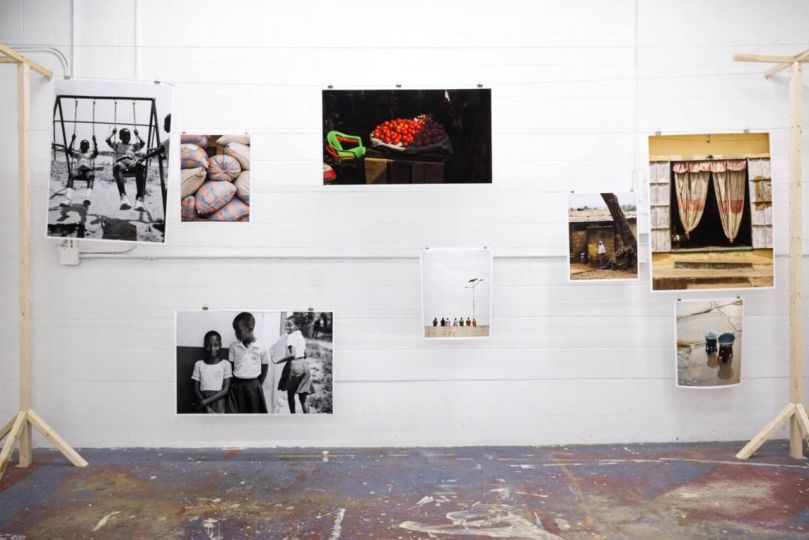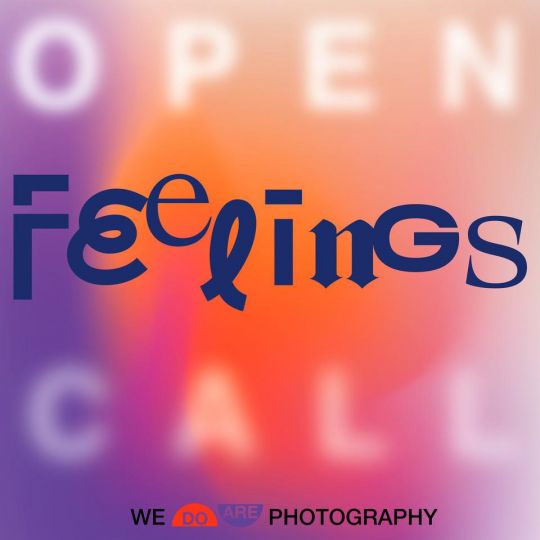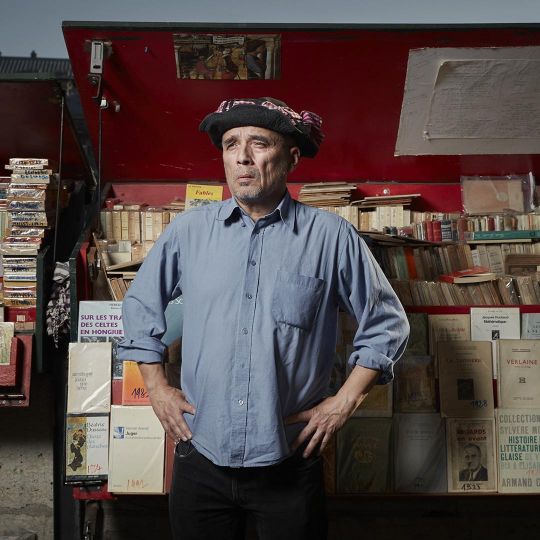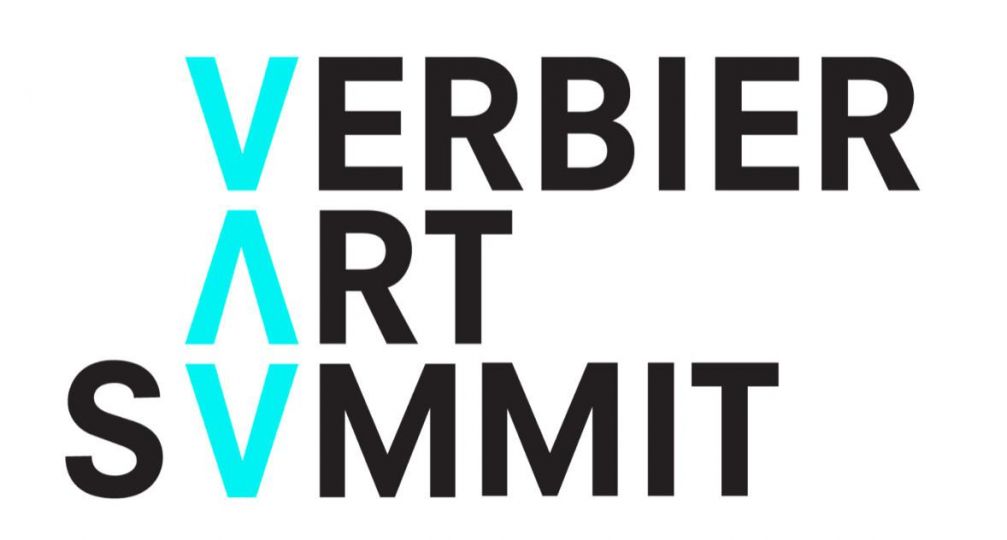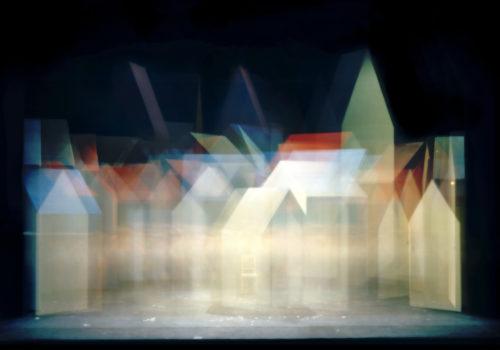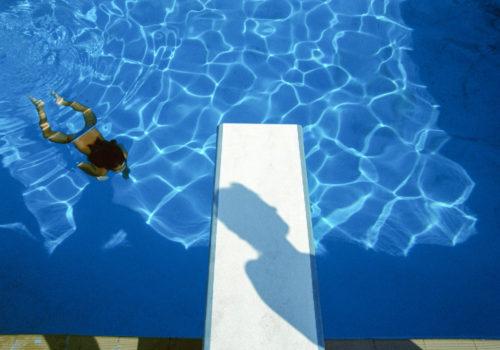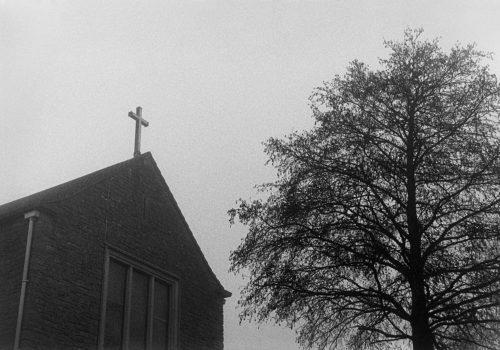Setting aside any desires for development and “modernity” with reference to other major Asian capitals, the Cambodian city of Siem Reap has nothing in common with these megacities. Mid-sized cities like Battambang have preserved their provincial character, which goes back to the times of the protectorate, and possess traces of colonial architecture.
This is also true of Siem Reap, if one can ignore the frantic construction of tourist facilities. Outside the few areas frequented by passing foreigners, the lighting after nightfall is rather scant, or even nonexistent. The same is true of Phnom Penh, the state capital. Although it houses over 2 million inhabitants, outside the main thoroughfares the city is plunged in utter darkness as soon as the sun sets, that is around eight o’clock in the evening. Once hailed as “the Paris of Indochina,” although it now glorifies buildings constructed without any urban planning, the city still preserves many of the aspects of its former life, down to the labyrinthine streets that resemble villages nestled within a large city. A million of small-engine two-wheelers crisscross the capital alone and flock in impressive clusters in front of the car queue at the red lights.
In 2010, Philon Sovann did an internship run by Antoine d’Agata as part of the Angkor Photo Festival in Siem Reap. But what should one photograph in a city entirely dedicated to commerce and tourism? How to escape the architecture and avoid the throngs of visitors trailing behind their guides? First of all, by avoiding daylight; by going out to meet those whom one never sees, who live and work in the shadows, in every meaning of the word. This radical decision, stemming from a simple observation, gave rise to a series that sets a new landmark in one of the most frequently tackled themes in photography over the past quarter century: the image of the city.
Read more at https://www.galerielee.com/
Information
Galerie Lee
9, rue Visconti 75006 Paris France
April 26, 2018 to May 19, 2018

